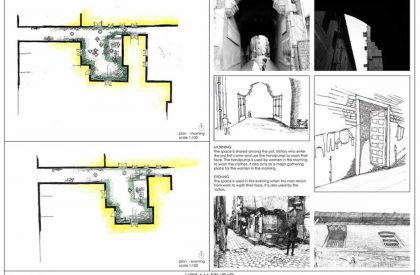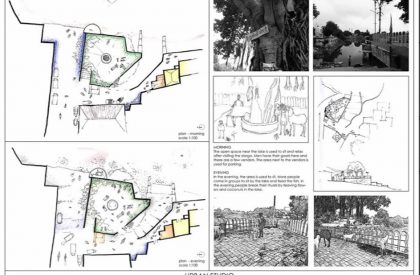Observations
At the end of exercise all the examples of similar scales, done by different groups, were put together to generate a discussion. Following observations were made:
General
- The scale of the open space governs the nature of activities and the user group.
- The location of the open space in the layout of city also governs the nature of activities and functions that define the open space.
- As the scale of the open space increases, the degree of anonymity also increases.
- Old city was not planned for vehicles. With the increasing number of vehicles owned by the residents, the open spaces are being consumed by parking and vehicular movement.
Specific
- Smallest scale of open spaces are largely enclosed by residences with a very strong sense of territory. In certain cases gates are made to strongly define the space. These spaces, more-or-less, act as extension of the residences. Many of the residential activities spill over to these areas. People who use these open space belong to these houses, know each other very well. No anonymity. No trespassing. Maximum usage by women, children.
- Next scale of the open space, shared by the cluster is also a residential space with occasional grocery shops. People from the cluster use this open space. Occasional anonymity and trespassing. Maximum usage by children as playground.
- Open space at the pole(street) level and neighbourhood level are meant for festivities, institutions(religious and secular). Increased level of anonymity and trespassing.
- Open space at city level are for markets, city-level institutions, processions, etc. Maximum level of anonymity.











